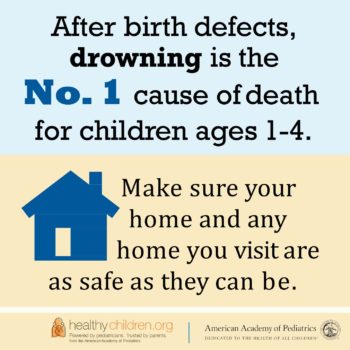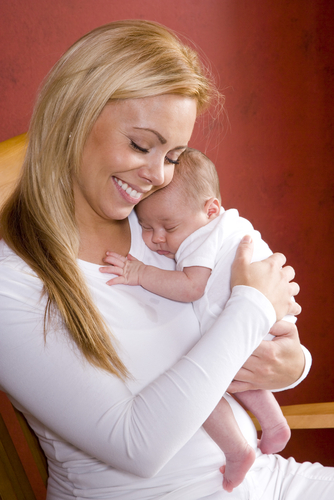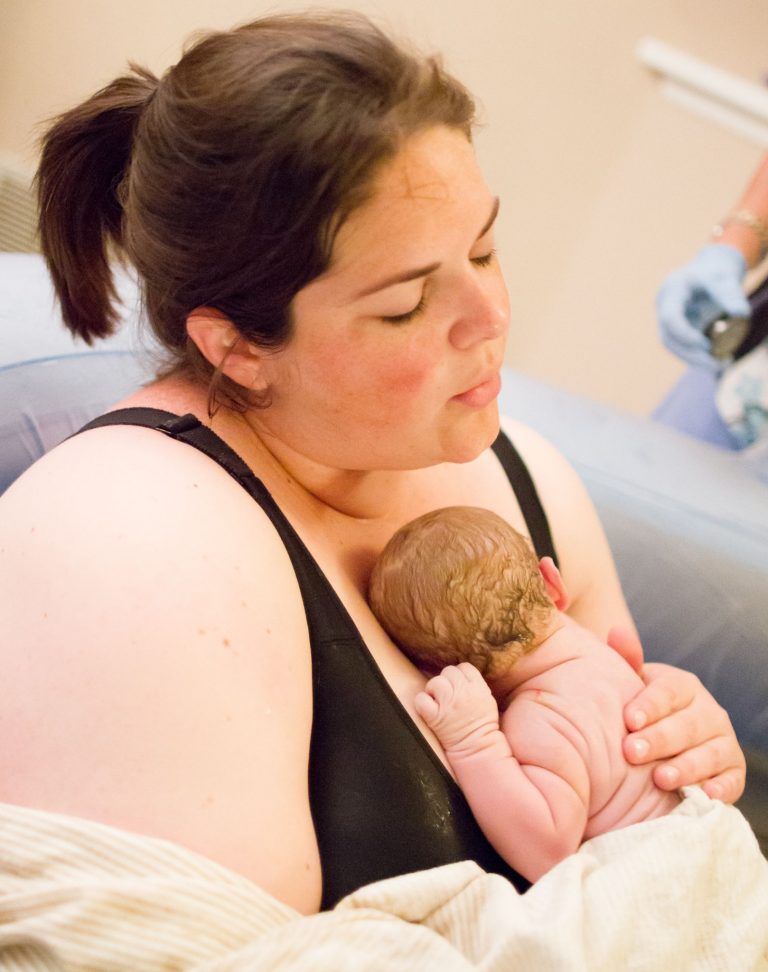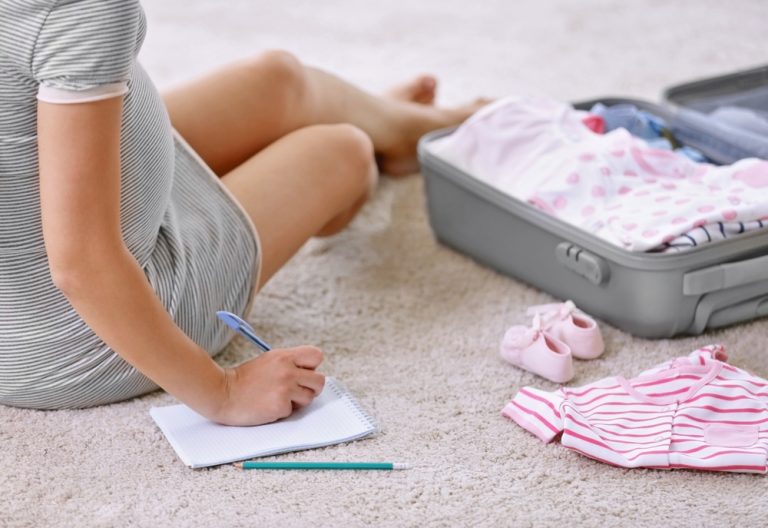The Key to Summer Safety is Drowning Prevention
It’s time to educate ourselves about drowning prevention the same way we do car seat safety.
If you’re a parent, it’s likely you heard about the drowning of Olympic skier Bode Miller’s 19-month-old daughter, Emmy, last summer. The fear of such an accident occurring in our own lives is unfathomable. We don’t even want to think about it.
Listening to this sort of news and reading the heartbreaking accounts of parents just like the Millers who are living without a child due to drowning is not something we want to do with our time. Drowning prevention just isn’t something people like to talk about.
At Babies in Bloom, you know we’re all about safety and keeping our community healthy, happy, and informed.
So, we’re challenging as we head into the season of sunshine, outdoor play, pool parties and beach outings, to push through that fear and discomfort. To stop thinking this can never happen to you. To arm yourself with information that can make the difference between life and death.
Did You Know?

- Drowning is the Number 1 cause of death for 1 to 4 year olds, after birth defects.
- Children can drown in as little as 1-2 inches of water. Make sure to remember water safety when child-proofing your home.
- Drowning can happen quickly and silently. It does not happen how it is portrayed in the movies, with splashing and screams.
- New guidance says that swim lessons can help children after age 1. Most children are ready to learn to swim by age 4. Every year, about 136 children ages 5 to 9 drown.
- Most drowning incidents occur in pools at people’s homes — often during times no one was supposed to be swimming.
- Teens (15 to 19 years old) have the second highest fatal drowning rate out of any age group. Many of these deaths happen in lakes or rivers, but even teens who know how to swim, have drowned in pools.
- Pool fencing, based on recommended safety standards, prevents 50% of drowning deaths of young children.
In the months and now year that’s followed, the Millers hoped to use their story of tragedy and profile to raise awareness about the dangers of drowning. The Millers are now calling on pediatricians to educate parents, and local officials to enforce higher safety measures.

Bode and Morgan Miller are teaming up with American Academy of Pediatrics to roll out a new Drowning Prevention Campaign
This year, the Millers and the American Academy of Pediatrics (AAP) teamed up to launch a drowning prevention campaign. The goal is to provide parents with children of all ages with clear, current, and effective information they can use to take the appropriate precautions.
Their PSA videos and infographics include information for parents with crawling babies, curious toddlers, and even teenagers.
Drowning is preventable. We need to do what we can to protect our family from drowning in the same way we prepared for car accidents using car seats and seat belts. The first step is education and awareness. We’ve gathered the information you need to make that happen.
Below are some of the updated water safety guidelines and tips from the AAP’s new campaign:
- Stay within arm’s reach whenever your baby is near water.
- Never leave a child alone in a bathtub or in the care of another child, even for a moment.
- Your pool should be surrounded on all sides by a fence that is at least 4 feet high, has a self-latching, self-closing gate, and is non-climbable. Pool covers, door alarms, window guards and pool alarms can provide an additional layer of protection.
- Make sure your home and any home you visit are as safe as they can be.
- Empty buckets, bathtubs, and wading pools after each use.
- Install a latch or doorknob cover on bathroom doors. Install latches on toilets.
- Avoid ‘floaties’ — instead children should wear Coast Guard-approved life jackets when in and around the water.
- Use safety gates, or lock the door to the yard or garage, to keep your child from going outside unnoticed.
- When at a pool, beach, lake, or other swim location, assign a water watcher — an adult who will pay constant attention to children in the water. A water watcher should never be on cell phone, avoid other activities, and switch with other adult if they need a break.
- Keep toys out of the pool when not in use.
- Learn CPR and know how to get emergency help. Teens should also learn CPR. Water safety is a family affair.
- In a boat, all adults and all children should wear life jackets.
- Teach your teen to always enter shallow and unknown water feet first.
- Most drownings occur when children swim without adult supervision. Never allow your teen to swim alone or hang out by the water without an adult watching.
- Do not swim at beaches with large waves, a powerful undertow, or no lifeguards. Follow swim warnings at public beaches.
Now, do your part and share this blog post with another parent you know. This information could save a life!






